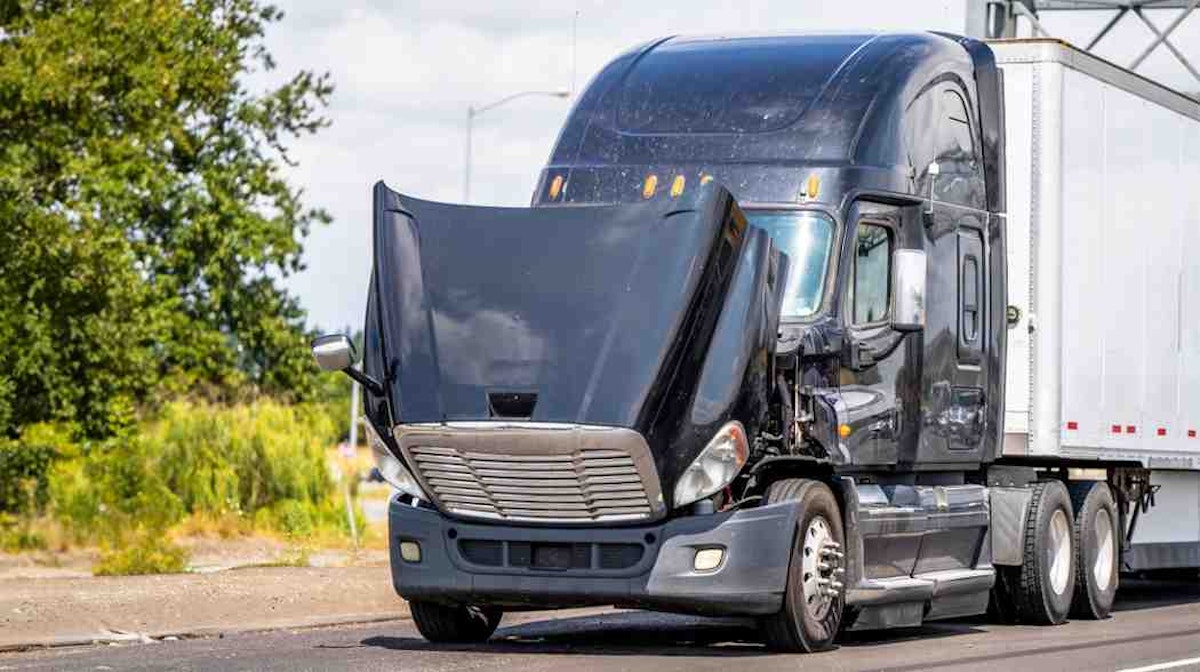Table of contents
Browse categories
Browse authors
 AB
ABAlberto Boffi
 AL
ALAlessia Longo
 AH
AHAl Hoge
 AB
ABAljaž Blažun
 BJ
BJBernard Jerman
 BČ
BČBojan Čontala
 CF
CFCarsten Frederiksen
 CS
CSCarsten Stjernfelt
 DC
DCDaniel Colmenares
 DF
DFDino Florjančič
 EB
EBEmanuele Burgognoni
 EK
EKEva Kalšek
 FB
FBFranck Beranger
 GR
GRGabriele Ribichini
Glacier Chen
 GS
GSGrant Maloy Smith
 HB
HBHelmut Behmüller
 IB
IBIza Burnik
 JO
JOJaka Ogorevc
 JR
JRJake Rosenthal
 JS
JSJernej Sirk
 JM
JMJohn Miller
 KM
KMKarla Yera Morales
 KD
KDKayla Day
 KS
KSKonrad Schweiger
Leslie Wang
 LS
LSLoïc Siret
 LJ
LJLuka Jerman
 MB
MBMarco Behmer
 MR
MRMarco Ribichini
 ML
MLMatic Lebar
 MS
MSMatjaž Strniša
 ME
MEMatthew Engquist
 ME
MEMichael Elmerick
 NP
NPNicolas Phan
 OM
OMOwen Maginity
 PF
PFPatrick Fu
 PR
PRPrimož Rome
 RM
RMRok Mesar
 RS
RSRupert Schwarz
 SA
SASamuele Ardizio
 SK
SKSimon Kodrič
 SG
SGSøren Linnet Gjelstrup
 TH
THThorsten Hartleb
 TV
TVTirin Varghese
 UK
UKUrban Kuhar
Valentino Pagliara
 VS
VSVid Selič
 WK
WKWill Kooiker
Vibration Measurement On a Truck GSO Hood

May 21, 2024
A long-time customer of Dewesoft located in Greensboro, North Carolina, USA had an issue with some trucks - the hoods were cracking in the grill frame. The customer manufactures some well-known truck brands and is one of the top producers in the vocational and on-road vehicle market.

The Durability and Reliability team of the customer’s Research and Development Center conducts Track and MTS Rig testing following regulations of GCC Standardization Organization (GSO). In the field, the Hoods of some trucks had an issue with cracking in the Grill frame. Visible cracking and damage to test articles occurred during testing.
The Dewesoft SIRIUS system was applied during in-vehicle and MTS rig testing collecting the data necessary to identify the problem and potential solutions. MTS test systems are used to simulate the forces and motions in materials, products, and structures. The testing determined the problem to be the grill diagonalization.
The measurement setup was made for an on-track testing data acquisition system, including:
SBOX data processing computer and SSD data logger
4x SIRIUSi-8xSTG-L2B10F with Analog Output option
Silicon Design Accelerometers
SIRIUS systems were mounted in the passenger seat foot position and numerous sensors were positioned around the vehicle’s front end. The truck was then taken on the customer's test track to go through the custom-made events simulating field conditions. while on the track, Dewesoft recorded all the data on board the SBOX computer module.
After the Track data had been obtained and analyzed they were exported from Dewesoft to the MTS Flex test control systems and a profile was created to focus on specific events re-creating the proper Unit failure conditions.
The Dewesoft SIRIUS system provided additional signal conditioning to an MTS Flex test controller for the rig testing of possible solutions and new revisions of the hood. Converting finite-precision time series data to continually varying physical signals – and vice versa - the same signal conditioning and A/D converters were used to collect data in the rig test configuration and on the track.
Dewesoft software was used for quick visualization of the data to confirm data quality and relevance. The data was then exported to the MTS software for the rig collection. Finally, third-party software was used for detailed analysis to derive final design changes.
After extensive on-vehicle track testing and MTS rig testing the customer was able to redesign the hood structure to allow for a new grill shape. It was determined that a thicker material in certain areas would allow countering the new vibration profile to prevent any cracking on production units.